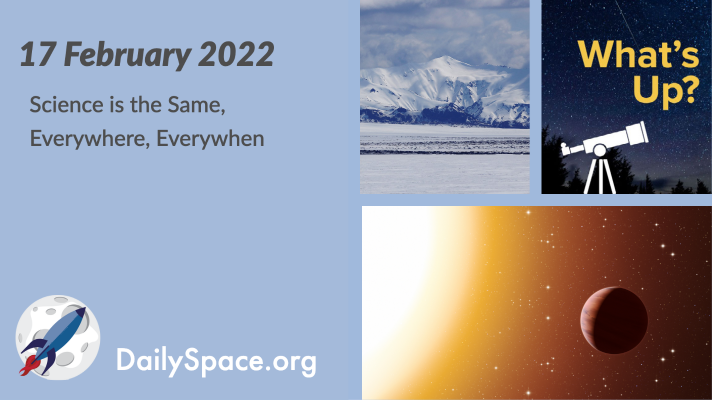
Feb 18, 2022 | Climate Change, Daily Space, Earth, Exoplanets, Galaxies, Sky Watching, Stars, Supermassive Black Holes
Today, we bring you stories proving that we do understand some things, like black holes, and that we have forgotten other things, like that the Earth’s crust can sag under the weight of ice. It’s all a lot more complicated than we like to think. But it sure is pretty, and when the science makes your head hurt, our What’s Up segment will fill your eyes with some beauty.
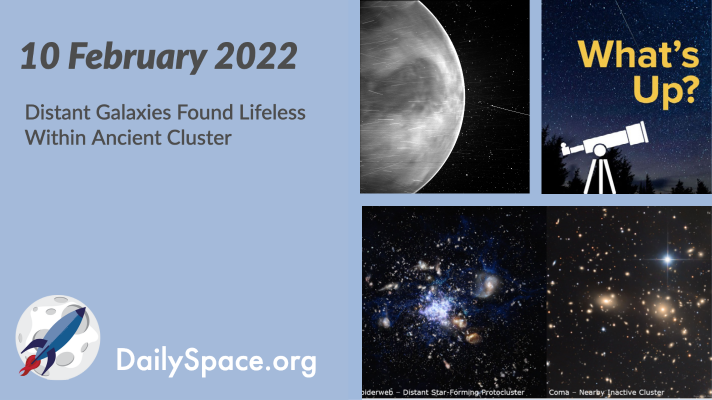
Feb 11, 2022 | Daily Space, Exoplanets, Galaxies, Sky Watching, Spacecraft, Venus, White Dwarfs
Defying expectations, an ultramassive galaxy and many of its cluster companions had already formed most of their stars and become inactive only two billion years after the beginning of the universe. Plus, the nightside of Venus, a new exoplanet for Proxima Centauri, and What’s Up.
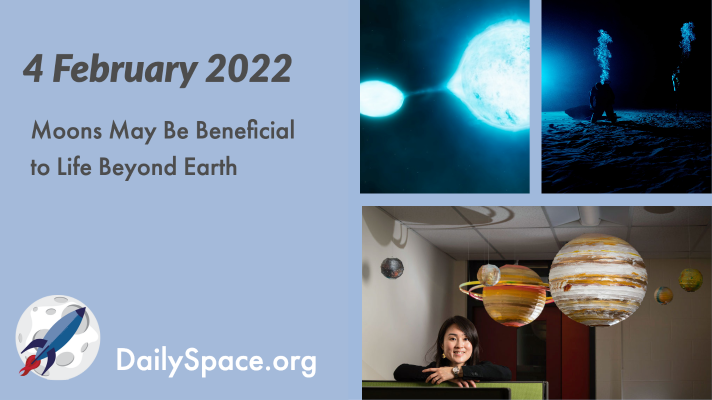
Feb 5, 2022 | Astrobiology, Crewed Space, Daily Space, Exoplanets, Moon, Rockets, Sky Watching, Spacecraft, SpaceX, Starlink, Stars, Supermassive Black Holes, Uranus
New simulations find that to form a moon with a similar size ratio to our own system, certain types of planets are needed. And that type of moon-planet system could then be beneficial to the rise of life on the planet. Plus, a Starlink launch, puffy planets, and training astronauts underwater for spacewalks.
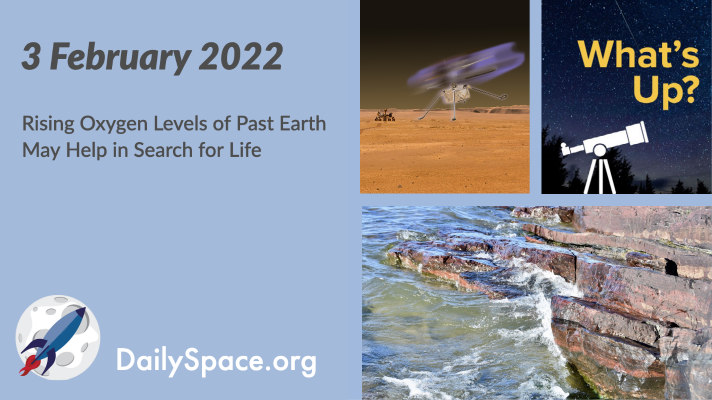
Feb 4, 2022 | Asteroids, Crewed Space, Daily Space, Earth, ESA, Jupiter, Mars, Moon, Rockets, Rovers, Sky Watching, SpaceX, Uranus
Scientists analyzed iron-rich sedimentary rocks and estimated the amount of oxygen present in the atmosphere when those rocks formed, finding low levels of oxygen and giving insight into a potential biosignature for life beyond Earth. Plus, controlling robots from space, a SpaceX launch, and this week’s What’s Up.
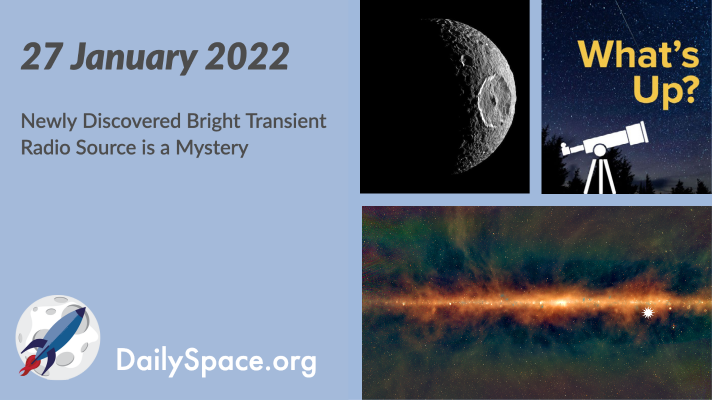
Jan 28, 2022 | Daily Space, Earth, Mars, Neutron Stars / Pulsars, Observatories, Our Solar System, Saturn, Science, Sky Watching, The Sun
Scientists using the Murchison Widefield Array in Australia recently discovered an extremely bright source of radio waves, releasing bursts of energy three times an hour. That timing makes the object behave unlike anything else seen to date, leaving the research team with a new mystery to unravel. Plus, everything else is about water today, all over the solar system, and we present this week’s What’s Up segment.
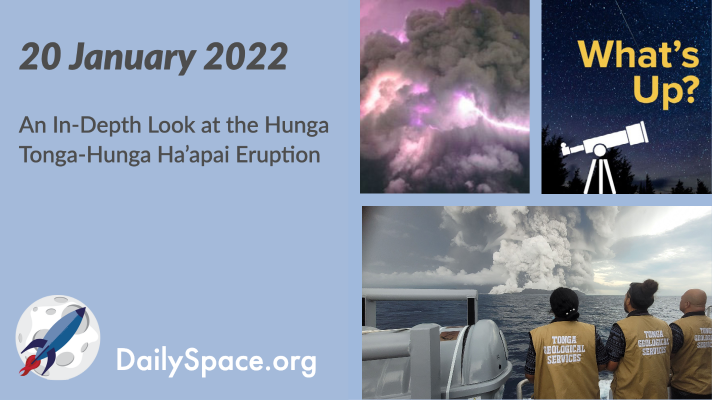
Jan 21, 2022 | Asteroids, Climate Change, Daily Space, Earth, Sky Watching
The Hunga Tonga-Hunga Ha’apai volcano in the Kingdom of Tonga erupted on January 15, and despite communications being cut off, government officials and scientists have gathered a wealth of information about the event and its outcome so far. Plus, urban heat islands, volcanic lightning, and What’s Up.








 We record most shows live, on Twitch. Follow us today to get alerts when we go live.
We record most shows live, on Twitch. Follow us today to get alerts when we go live.